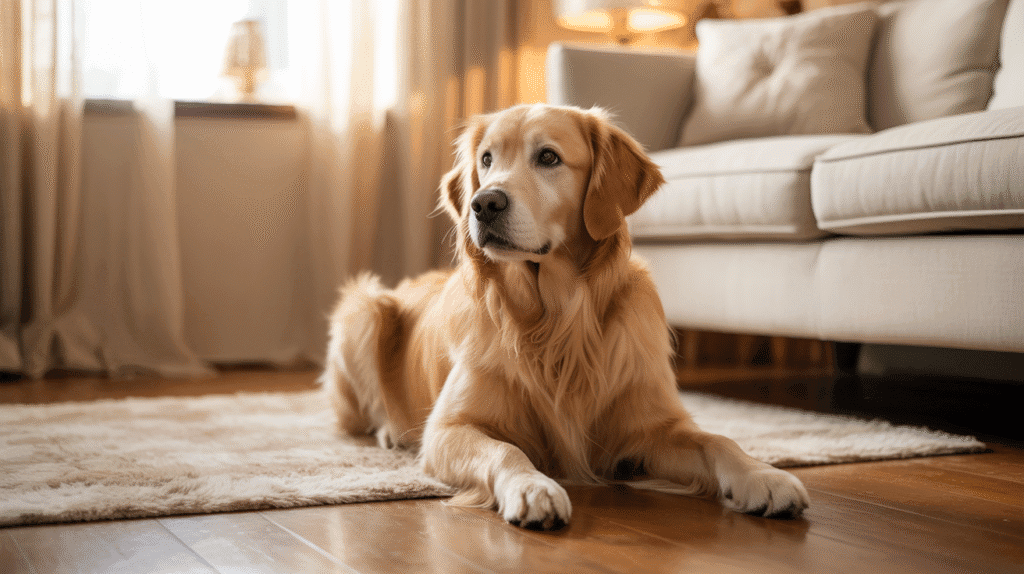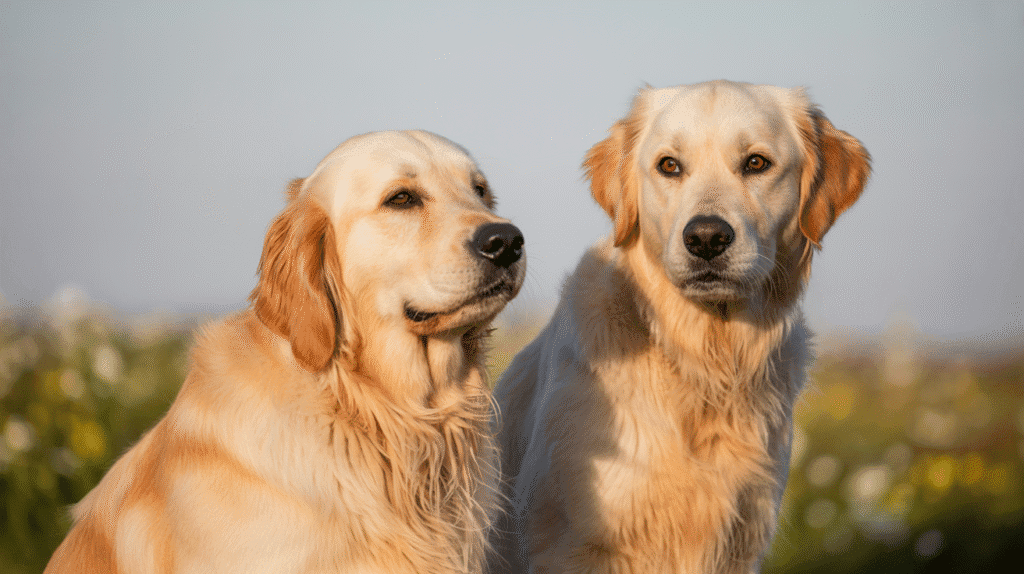
Breakfast felt sweet until my dog’s stare told me something else.
One morning, I was eating breakfast when I noticed my dog staring at me with those big, unblinking eyes. At first, I thought it was pure love – and maybe it was – but the longer I looked back, the more I realized there was something else going on.
Dogs don’t just stare for affection. Sometimes it’s a request, sometimes a question, and other times, a warning. Understanding the difference can make your bond stronger—and keep you both safe.
Anúncio
Dogs use their eyes like we use words—it’s all about context. Here are the most common meanings behind that intense gaze 🐾:
👉 Tip: Pair the stare with body language—tail, ears, and posture—to decode the full message.

Not every stare feels the same—and it shouldn’t. Dogs send very different signals depending on how their eyes look 👀:
To truly read your dog’s eyes, always check the whole body:
👉 A stare never stands alone—it’s part of a bigger sentence in dog language.
Here’s a quick breakdown of what your dog’s stare might mean in different situations 🐶👇:
| Situation | Likely Meaning | Best Response |
| Mealtime 🍗 | Expecting food, waiting for signal | Feed on schedule, avoid sharing table scraps |
| Training session 🎓 | Focused, seeking direction | Reward eye contact, give clear cues |
| Guarding a toy 🧸 | Resource guarding, possible tension | Don’t force it—redirect or trade safely |
| Meeting strangers 👋 | Evaluating threat or curiosity | Watch body language, reassure calmly |
| By the door 🚪 | Likely needs to go outside | Take them for a potty break |
👉 This guide isn’t one‑size‑fits‑all, but it helps connect the context + stare + body language puzzle.
Most stares are harmless, but some are red flags 🚨. A hard, unblinking stare with a stiff body can mean your dog is on edge—or about to react.
⚠️ Warning scenarios:
👉 If your dog’s stare feels tense or out of character, it’s worth consulting a vet or professional trainer.
The best way to handle dog stares is to guide them into positive communication 🐾:
👉 A stare is an opportunity—turn it into a bonding moment instead of a standoff.
Your dog’s stare isn’t just a cute moment—it’s a message waiting to be read. Sometimes it’s affection, sometimes it’s a request, and sometimes it’s a warning. By paying attention to the eyes, body language, and context, you’ll unlock what your dog is really trying to say. 💛
The more you listen with your eyes, the stronger and safer your bond will become.
Dogs often stare because they want something—attention, food, or a walk. But it can also be a sign of pure affection. Context and body language are key to knowing which one.
A hard, stiff stare can be a warning signal. It’s your dog saying “back off.” Never punish the stare—redirect calmly and, if it repeats often, consult a trainer.
Yes 💛. Soft eye contact releases oxytocin, the same hormone linked to bonding. If your dog looks at you with relaxed eyes and body, it’s likely love.
Sometimes. Dogs in pain or discomfort may fix their eyes on you as if asking for help. If the stare is unusual or paired with other symptoms, see your vet.
Not always. A soft gaze back can strengthen your bond. But holding a hard stare may feel confrontational. Keep your eye contact gentle and relaxed.